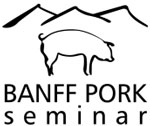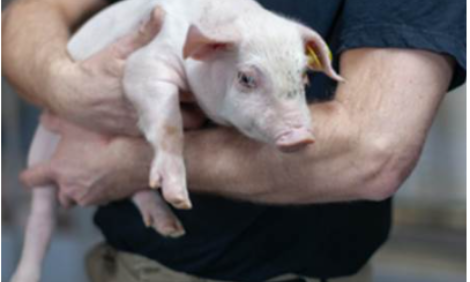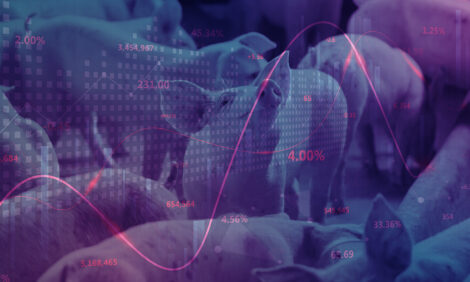



Tough Years in Pork Business Show Benefits of Benchmarking & Record-Keeping
It might be called the benchmarking bonus, delegates to the 2011 Banff Pork Seminar heard. Records from two large benchmarking and record-keeping databases of North American pork producers show that the best of those producers significantly outperformed the worst over the past year. That resulted in substantially greater returns.
Greg Bilbrey of Agri Stats and Tom Stein of MetaFarms showed producers at the Seminar that better records mean better financial performance. Dave Kraut of Maple Leaf Agri-Farms in Manitoba, a leading production unit in Canada that uses both services, says results from its business units confirmed that benefit.
You can have cost of production fluctuate $10 or $20 a hog," said Mr Kraut. "On any given day, we could have one finishing barn producing a hog for $120 and another for $140. So internal benchmarking becomes valuable. You have to figure out why that is going on."

"We are now able to identify those differences. We have 6,000 sow pyramids and 2,000 head finishing barns. We have a monitor report that identifies the top 10 per cent and the top 50 per cent. We show four or five different categories that can pinpoint where units are dong well and where they aren't. These reports get our unit teams talking to one another and finding solutions."
Comparisons with other pork producing areas is also important, added Mr Kraut. "Like all producers, we hear stories about productivity differences across North America and we wanted to know where we stood."
The Agri Stats benchmarking process requires producers to supply all of their production records and all financial records so that benchmarking results can be tied back to general ledger cost data, said Greg Bilbrey.
"This past 12 months, top producers had about a $20 difference in profit, $11 a head lower cost and about $9 a head advantage in sales, the price they got for their pigs."

It does not usually take producers long to see a difference, he said. It takes about a month to get set up and a month after that they will get their first report. They can start to see some comparisons on performance and cost.
"There aren't a lot of decisions that first couple of months but once they have a quarter under their belt they can start to develop action plans and strategies. They see it as an opportunity and decide what they are going to do about it," he added.
The system works for producers of all sizes but the smallest producer currently is 10,000 sows. One reason, Mr Bilbrey says, is that smaller farms are typically more family-orientated and more hesitant to share data. They may not have the corporate comptroller or do the level of accounting required.
"That doesn't mean you can't benchmark," he said. "Ideally, you want to relate production to financial records but if you can't do that, you can still benchmark production."

Tom Stein of MetaFarms says there about one million sows on that system and about 12.5 million nursery and finishing pigs, roughly 17 per cent of all pigs in the US. The smallest one is a 100-sow producer and the largest is the largest pig producer in the world.
"Ten years ago, what everyone was doing was day-to-day operations and reports for that and doing the analysis looking back," he said. "Today, they continue to do that, of course, but it is really about looking ahead and do what you can to manage risks and communicate that to your lenders."
What would be example of productivity differences over past 12 months?
"In the US, the big focus among producers on our software has been looking at carcass weights, doing what they can to have a very narrow weight range. They are making $3 to $5 a pig just by doing that. They do that just by managing the way the barn managers load the trucks and feeding that information back to them. They get information from packer and within 48 hours feed that back. That has worked really well," explained Mr Stein.
The data is all stored in top line database. Reports come out in easy-to-use Excel spreadsheets.
Mr Stein said producers are going to have to rely on these information systems to provide them all of this data seamlessly without even thinking about it so they can concentrate on all the higher level activities like hedging, managing forward.
"That's the big thing that the companies have to invest in," he added.
This report was prepared by Meristem Land and Science.
March 2011








